Can a Yeast Infection Cause Vomiting: Comprehensive Insights into Yeast Infection Treatment, Symptoms, Medicine, and Causes
What are the symptoms of a yeast infection? Can a yeast infection cause vomiting? Get answers to these and other questions about yeast infection treatment, causes, and more.
Symptoms of Candidiasis (Thrush)
Candidiasis is a fungal infection caused by a yeast belonging to the Candida species, with Candida albicans being the most common culprit. The yeast is normally present on the skin and mucus membranes, but it can cause various symptoms when the infection occurs.
Symptoms of Oral Candidiasis
When the mouth and throat are infected, common symptoms include the appearance of creamy white or yellow plaques or patches on the insides of the cheeks, gums, or tongue. These plaques can be scraped off, but may leave a painful, tender, and red area underneath that may bleed. The back of the throat may also be involved, leading to pain, soreness, difficulty in swallowing and speaking, and swelling. The corners of the mouth may become cracked, fissured, and painful, a condition known as angular cheilitis.

Symptoms of Esophageal Candidiasis
Esophageal candidiasis leads to severe difficulty in swallowing and speaking, as well as nausea, vomiting, and pain in the upper abdomen.
Symptoms of Vulvovaginal Candidiasis
In women, vulvovaginal candidiasis is characterized by burning, itching, and stinging of the vaginal entrance, often accompanied by a creamy white, cottage cheese-like vaginal discharge. There may also be pain during sexual intercourse and stinging on urination. Severe cases can result in a red and swollen vagina and vulva, oozing or fissured and cracked skin around the vulva, and bleeding.
Symptoms of Penile Candidiasis
Penile candidiasis, or balanitis, manifests as swelling and an itchy rash over the penis, especially on the glans penis or tip of the penis. The infection may spread to the groins and other skin folds as well.
Cutaneous or Skin Candidiasis
This type of candidiasis affects the folds of the skin, especially the warm and moist areas like armpits and groin. It presents as red, itchy patches with blisters or rashes.
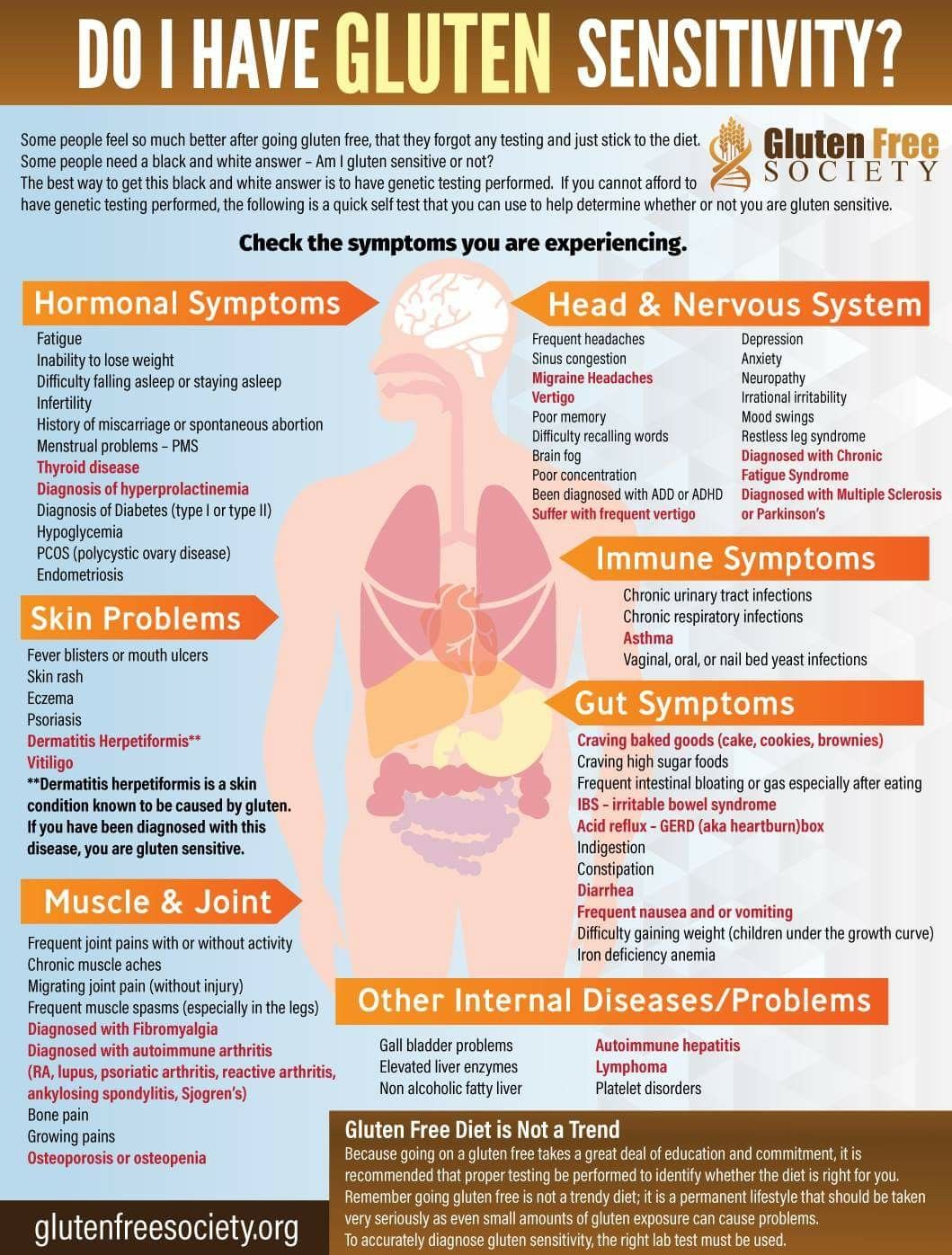
Nail Candidiasis
Paronychia and onychomycosis, which affect the nails of the fingers and toes, can also be caused by Candida. These conditions are more common in people who work with a lot of water and those with diabetes mellitus.
Symptoms of Invasive Candidiasis
Invasive candidiasis, where the infection has spread to other organs, may not have specific manifestations. Some patients may develop fever with chills and tremors. As the infection progresses, symptoms affecting the organs like the liver, kidneys, bones, eyes, joints, and spleen may appear. If the infection is not controlled, it can lead to multi-organ failure.
Respiratory Tract Candidiasis
This type of candidiasis occurs in hospitalized patients and can spread to the voice box or larynx, as well as the trachea, bronchi, and lungs. It is known as Candida tracheobronchitis or Candida pneumonia and requires urgent treatment.
Bladder and Urogenital Candidiasis
Candida can also invade the urinary bladder, leading to urgency, pain, or bleeding and discharge on urination, as well as pain in the lower abdomen.
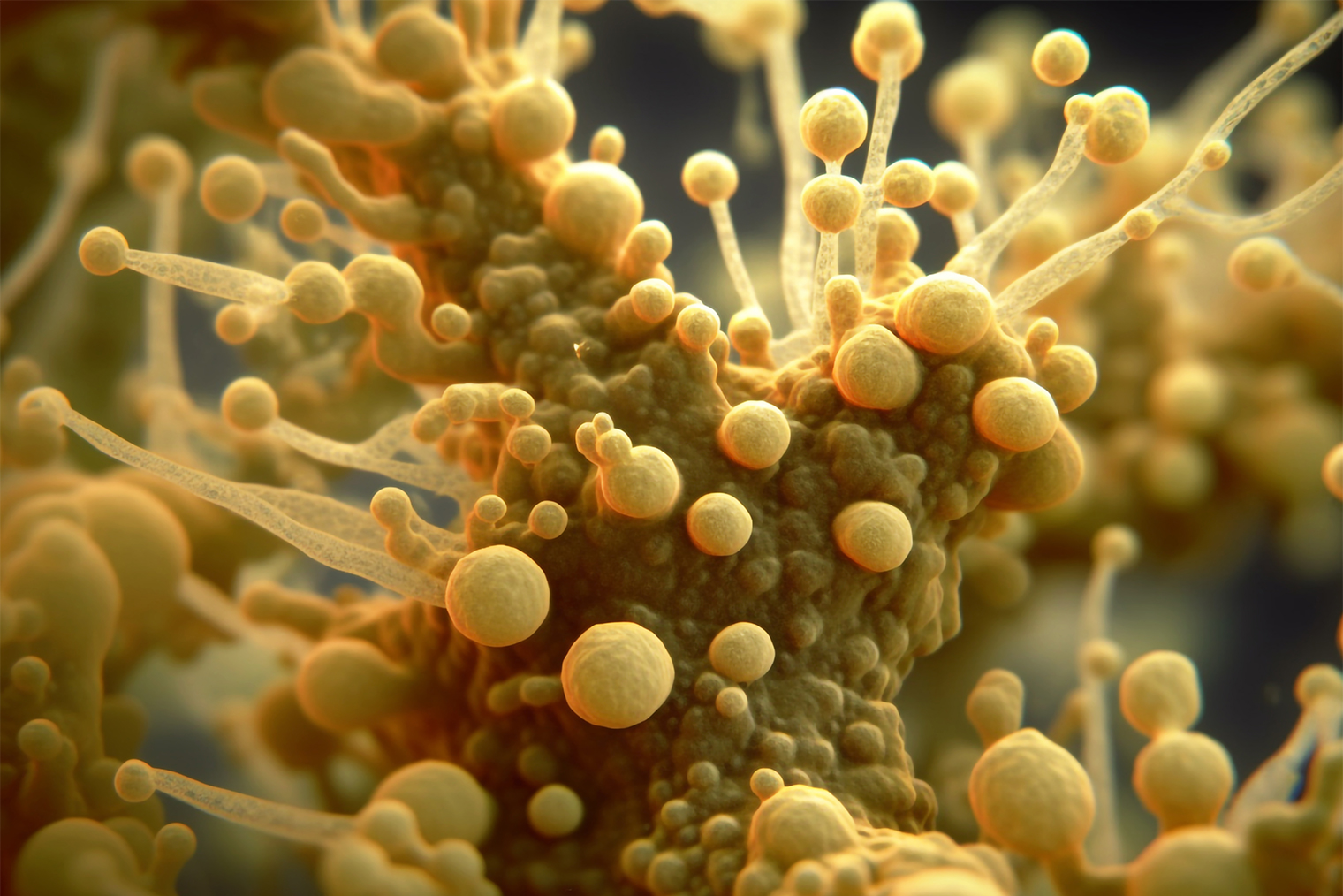
Candida Endocarditis
Candida can sometimes infect the heart, especially in intravenous heroin users, those on chemotherapy for cancer, those with a prosthetic heart valve, or those with a central venous line. Symptoms include fever and severe fall in blood pressure.
Candida Endophthalmitis
Candida species can also infect the eye, often after eye surgery, eye injury, or through the bloodstream in invasive candidiasis. Symptoms include eye pain, photophobia, floaters or black spots in vision, blurring of vision, and fever.
Renal or Hepatic Candidiasis
Renal and hepatic disease features may be seen in candidiasis, and diagnosis may require analysis of blood, urine, and biopsy.
Central Nervous System Infections with Candida
Candida infections can also affect the central nervous system, either from external sources like surgery or spinal procedures, or from invasive candidiasis. This can lead to meningitis, abscesses, fever, cerebral inflammation, stiffness of the neck, confusion, and even coma.
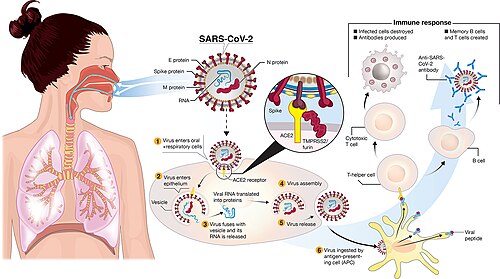
Candida Arthritis and Bone/Joint Infections
Invasive candidiasis can also affect the bones, joints, and muscles, leading to localized pain or a discharging infection in areas like the ribs, long bones, spine, and breastbone.
Symptoms of Candidiasis (Thrush)
- Download PDF Copy
By Dr. Ananya Mandal, MDReviewed by April Cashin-Garbutt, MA (Editor)
Candidiasis is a fungal infection caused by a yeast belonging to the Candida species. Candida albicans is the commonest organism that leads to this infection.
The yeast is normally present over skin and mucus membranes.
Since the organism may affect various parts of the body symptoms may vary and range in severity. (1, 2, 3, 4, 5)
Symptoms of Oral Candidiasis
When the mouth and throat are infected there is common occurrence of creamy white or yellow plaques or patches on the insides of the cheeks, gums or on the tongue.
The plaques can be scraped off but may leave a painful, tender, red area underneath, which may bleed.
Sometimes back of the throat may also be involved. There may be pain, soreness, difficulty in swallowing, difficulty in speaking and swelling.
The corners of the mouth may be cracked, fissured and painful. This is called angular cheilitis.
Symptoms of Esophageal Candidiasis
Esophageal candidiasis leads to severe difficulty in swallowing and speaking. There may be nausea, vomiting, pain in the upper parts of the abdomen etc.
Symptoms of Vulvovaginal Candidiasis
In women there may be burning, itching and stinging of the vaginal entrance. Sometimes this is accompanied by creamy white cottage cheese like vaginal discharge.
There may be pain during sexual intercourse and stinging on urination.
Severe cases may show up with red and swollen vagina and vulva, oozing or fissured and cracked skin around the vulva, bleeding etc.
Symptoms of Penile Candidiasis
Penile candidiasis or balanitis manifests as swelling and an itchy rash over the penis especially over the glans penis or tip of the penis.
The infection may spread to groins and other skin folds as well.
Related Stories
- Candida auris infection without epidemiologic links to a prior outbreak
- Researchers describe case report of male monkeypox patient
- Vulvovaginitis and the microbiome: a review of the diagnosis and treatment of acute and recurrent infection
Sometimes an allergy to the candida may also occur. This leads to red, itchy spots immediately after contact with an infected area.
This leads to red, itchy spots immediately after contact with an infected area.
Cutaneous or Skin Candidiasis
This affects the folds of the skin especially the warm and moist areas like armpits, groin etc. There are red itchy patches with blisters or patches.
Nail Candidiasis
Paronychia and onychomycosis affect the nails of fingers and toes. They occur in people who work with too much water and those with diabetes mellitus
Symptoms of Invasive Candidiasis
There are no specific manifestations. Some patients may develop fever with chills and tremors.
Once the infection has spread to other organs symptoms affecting the organs like liver, kidneys, bones, eyes, joints, spleen etc. may show up.
If the infection is not controlled vital organs may stop functioning leading to multi organ failure.
Respiratory Tract Candidiasis
This occurs in patients who have been hospitalized. Infection may spread to the voice box or larynx and may also affect the trachea and bronchi (wind pipes) or lungs.
The condition is called Candia tracheobronchitis or Candia pneumonia respectively. This needs urgent treatment.
Bladder and Urogenital Candidiasis
Candida may also invade the urinary bladder. This leads to urgency and pain or bleeding and discharge on urination. There may be pain over the lower abdomen as well.
Candida Endocarditis
Sometimes candida may infect the heart as well.
This is seen among intravenous heroin users, those on chemotherapy for cancers, those with a prosthetic heart valve or those with a central venous line.
There may be fever, severe fall of blood pressure etc.
Candida Endophthalmitis
Candia species may infect the eye as well. This may occur after eye surgery or after injury of the eye or spread via blood stream in invasive candidiasis.
There may be eye pain, inability to look into light (photophobia), floaters or black spots in vision, blurring of vision, fever etc.
Renal or Hepatic Candidiasis
Renal and Hepatic disease features are seen.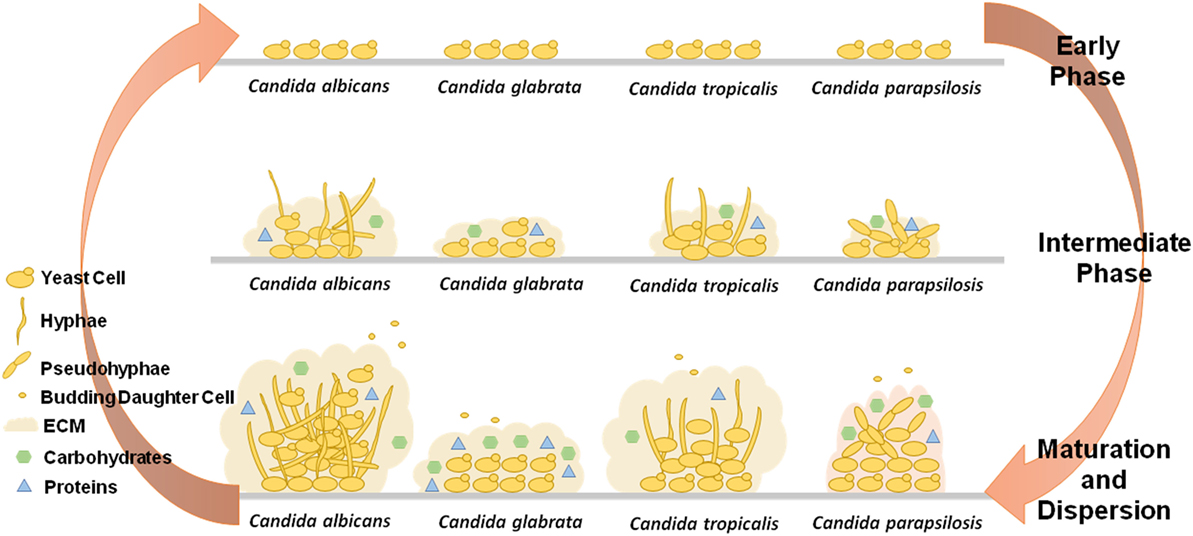 Diagnosis may be made only with analysis of blood, urine and biopsy.
Diagnosis may be made only with analysis of blood, urine and biopsy.
Central nervous system infections with Candida
The infection may come from external sources like after surgery, spinal tap or lumbar puncture etc. or may come from invasive candida infection.
This leads to meningitis, abcesses, fever, cerebral inflammation etc. There may be stiffness of the neck (nuichal rigidioty), confusion and even coma.
Candida arthritis and Candida infections of bones and joints
Invasive candidiasis may affect bones, joints and muscles as well. Ribs, long bones, back bone, breast bone etc. may be affected.
There may be localized pain or a discharging site over the bone.
Sources:
- https://www.cdc.gov/
- https://www.bbc.co.uk/
- http://www.nhs.uk/Conditions/Thrush/Pages/Symptoms.aspx
- http://emedicine.medscape.com/article/213853-clinical
Further Reading
- All Candidiasis Content
- What is Candidiasis (Thrush)?
- Candidiasis (Thrush) Causes
- Candidiasis (Thrush) Diagnosis
- Candidiasis (Thrush) Treatment
Last Updated: Jun 12, 2023
- Download PDF Copy
Please use one of the following formats to cite this article in your essay, paper or report:
APA
Mandal, Ananya.
 (2023, June 12). Symptoms of Candidiasis (Thrush). News-Medical. Retrieved on July 21, 2023 from https://www.news-medical.net/health/Symptoms-of-Candidiasis-(Thrush).aspx.
(2023, June 12). Symptoms of Candidiasis (Thrush). News-Medical. Retrieved on July 21, 2023 from https://www.news-medical.net/health/Symptoms-of-Candidiasis-(Thrush).aspx.MLA
Mandal, Ananya. “Symptoms of Candidiasis (Thrush)”. News-Medical. 21 July 2023. <https://www.news-medical.net/health/Symptoms-of-Candidiasis-(Thrush).aspx>.
Chicago
Mandal, Ananya. “Symptoms of Candidiasis (Thrush)”. News-Medical. https://www.news-medical.net/health/Symptoms-of-Candidiasis-(Thrush).aspx. (accessed July 21, 2023).
Harvard
Mandal, Ananya. 2023. Symptoms of Candidiasis (Thrush). News-Medical, viewed 21 July 2023, https://www.news-medical.net/health/Symptoms-of-Candidiasis-(Thrush).aspx.
Suggested Reading
Conditions You Might Mistake for Yeast Infection Symptoms| Banner
Vaginal concerns can be a common occurrence. Sometimes the cause is obvious such as changes in menstrual cycle, sexual activity or a new product you may be using. Other times, the cause is not as clear.
Sometimes the cause is obvious such as changes in menstrual cycle, sexual activity or a new product you may be using. Other times, the cause is not as clear.
Since many have had a yeast infection before it may be easy to assume your recurrent symptoms have the same cause, however that is not always the case.
“A vaginal yeast infection is a common fungal infection that causes burning, itching, discharge and discomfort in the vulvar and vaginal areas,” said Jennifer Nelson, DO, an internal medicine-pediatric specialist at Banner – University Medicine Internal Medicine Clinic in Phoenix, AZ. “Although it’s common in women, many other vaginal conditions can mimic a yeast infection but require different treatment. This is why it’s always important to discuss symptoms with your doctor to ensure that you are receiving the correct treatment.”
As Dr. Nelson mentioned, there are a few common conditions that can be mistaken for yeast infections. She walked us through four other important vaginal health issues to consider when these symptoms arise.
Sexually transmitted infections (STIs or STDs)
“Sexually transmitted infections can often mimic yeast infections in that they may cause vaginitis, an irritation of your vagina or vulva,” Dr. Nelson said. “Common symptoms can include vaginal discharge, itching, burning, pain with sexual activity, bleeding and vaginal odor.”
The most common STIs that cause these symptoms are trichomoniasis, gonorrhea, chlamydia and mycoplasma:
- Trichomoniasis may sound unfamiliar, which may be due to the fact that most people don’t show any symptoms. This STI is caused by an organism called Trichomonas vaginalis. If you are one of the few who do experience symptoms, they may include vaginal itching, burning, discharge, pain with sexual activity or lower abdominal pain.
- Gonorrhea and chlamydia can also be either symptomatic or asymptomatic. If symptoms are present this can include vaginal discharge, burning, or lower abdominal pain.
- Another unfamiliar but common STI is mycoplasma genitalium (MG).
 You can also have MG without knowing it or with symptoms, however typical symptoms include vaginal discharge, bleeding or pain with sex and lower abdominal pain.
You can also have MG without knowing it or with symptoms, however typical symptoms include vaginal discharge, bleeding or pain with sex and lower abdominal pain.
Depending on sexual practices, symptoms mentioned above can also be seen in the rectal or oral areas.
Treating STIs: These can all be treated with short courses of very commonly used antibiotics. Since STIs can be asymptomatic, it’s important to follow up with your health care provider regularly and undergo routine screenings in addition to when you have symptoms.
Bacterial vaginosis
Bacterial vaginosis (BV) is the most common cause of vaginal discharge between the ages of 15 and 44. “BV occurs when there is a shift in (or an overgrowth of) the bacteria which contributes to vaginal health. In turn, this overgrowth causes a bacterial imbalance that can result in symptoms,” Dr. Nelson said.
Symptoms of bacterial vaginosis include thin, off-white vaginal discharge that can sometimes be described as having a fishy odor.
While bacterial vaginosis isn’t considered a sexually transmitted infection, being sexually active or having multiple sexual partners can put you at higher risk for it, as well as smoking and douching.
Treatment: Bacterial vaginosis is typically treated with a short course of an antibiotic called metronidazole.
An allergic reaction or sensitivity
Your vaginal area is sensitive, which means it may be sensitive to certain products you use.
“As with other parts of the body, the vulvar and vaginal areas can develop a contact dermatitis reaction to detergents, lotions, soaps and creams that you use ” Dr. Nelson said. “In addition, depending on what products you use, they can also alter the pH of the vagina which can lead to increased risk of infections like bacterial vaginosis.”
This kind of vaginal irritation is known as noninfectious vaginitis. It can cause itching and burning and vaginal discharge.
Treatment: Treating an allergic reaction or sensitivity will depend on what’s causing the symptoms and then eliminating them to see if symptoms resolve. Sometimes short courses of steroid creams can help with the itching.
Sometimes short courses of steroid creams can help with the itching.
Other skin conditions
Skin conditions like eczema and psoriasis as well as lichen sclerosus, an inflammatory condition that is more common in postmenopausal people, can mimic symptoms of a yeast infection. The symptoms of lichen sclerosus are primarily severe itching.
Treatment: Treatment will depend on the skin condition, but lichen sclerosus is usually treated with corticosteroid ointment and requires monitoring as some people, in rare cases, are at risk for developing vulvar cancer.
Bottom line
Whenever you have any burning, itching, discharge or other vaginal concerns see your health care provider. “Physicians that can help with this include family medicine, internal medicine or OBGYN physicians,” Dr. Nelson said. “They can help determine the cause and how to treat it.”
Because many STIs have serious complications if left untreated, it’s important to not wait to see a provider for care and treatment.:max_bytes(150000):strip_icc()/how-to-stop-throwing-up-tips-and-treatments-770364_FINAL-5c05c29b46e0fb0001f4ca0c.png) To find a health provider near you, visit bannerhealth.com.
To find a health provider near you, visit bannerhealth.com.
Additional Resources:
- What You Should Know About Sexual Health
- Should I Really Take an Antibiotic?
- Women’s Sexual Health: Get the Facts and Help
- How You Can Boost Your Immune System
Women’s Health
Gynecology
Sexual Health
Baby stool yeast: causes and treatment
Contents
- 1 How to deal with baby stool yeast: tips and tricks
- 1.1 What is yeast?
- 1.2 Causes of yeast in a child’s stool
- 1.3 Symptoms of yeast in a child
- 1.4 Diagnosis of yeast
- 1.5 Treatment of yeast in a child
- 1.6 Medications for the treatment of yeast fungi
- 1.7 Hygiene measures for treating yeast
- 1.8 Nutrition for yeast in a child
- 1.9 How to prevent yeast in a child
- 1.10 When to see a doctor
- 1.
 11 Sequelae of yeast yeast in a child
11 Sequelae of yeast yeast in a child - 1.12 Q&A:
- 1.12.0.1 What are yeast fungi and how do they get into the feces of a child?
- 1.12.0.2 How can I detect yeast in a child’s stool?
- 1.12.0.3 What are the possible causes of a violation of the intestinal microflora in a child?
- 1.12.0.4 What are the treatments for yeast in a child’s stool?
- 1.12.0.5 Is it possible to prevent the occurrence of yeast fungus in the stool of a child?
- 1.12.0.6 Which specialist can I contact if a child has yeast in the stool?
- 1.13 Related videos:
Learn how to respond if your child has yeast in their stool. Read our article and get important information about the causes of this problem, symptoms and treatments to fight yeast infections.
Yeast in the stool is not uncommon in children. However, despite the fact that it is not uncommon, this problem can cause many concerns for parents.
The inability of the child’s body to fight off harmful bacteria can lead to infectious diseases and microflora imbalance. Among the causes of the appearance of yeast fungi in the feces, both external and internal factors can be distinguished.
For effective and timely treatment of this disease, it is very important to determine its cause. Depending on what factors have become the sources of the problem, individual methods of treatment are selected, which must be agreed with the attending physician.
“Yeast in a child’s stool is a serious symptom that should be given proper attention. Competent diagnostics and comprehensive treatment will help prevent dangerous consequences for the health of the child,” says a pediatric gastroenterologist.
What are yeast fungi?
Yeasts are fungi from the Candida family that commonly reside in the intestines of humans and other animals. They can cause various problems if their number is out of the norm, for example, when they begin to multiply in the intestinal bacteria.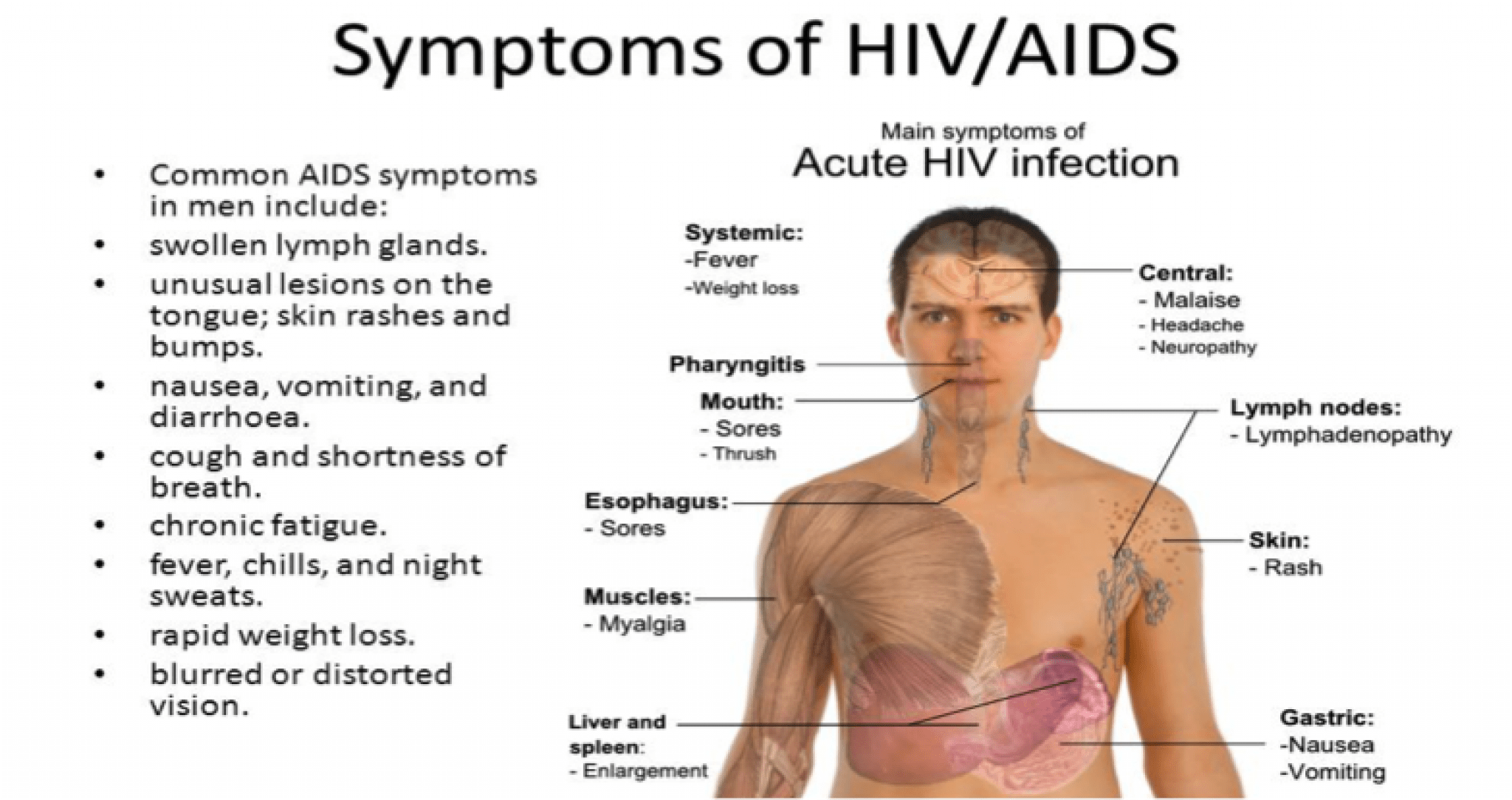
Yeast can be caused by a variety of factors, including prolonged medication, severe stress, poor diet, and other factors that affect the balance of micro-organisms in the body.
In children, yeast can cause gastrointestinal problems such as diarrhea, constipation, flatulence and other symptoms. Treatment may include the use of antifungal drugs, dietary changes, and elimination of factors that contribute to the development of yeast infections.
Causes of yeast in a child’s stool
Yeasts are micro-organisms that are normally present in a healthy human body in trace amounts. However, some factors can encourage yeast to multiply and lead to an increase in the baby’s intestines.
- Use of antibiotics. Antibiotics kill not only harmful bacteria, but also beneficial microorganisms in the intestines, which can lead to an imbalance in the microflora and an increase in yeast fungi.
- Lack of immunity.
 Weak immune systems may not be able to control yeast growth, which can multiply and cause infection.
Weak immune systems may not be able to control yeast growth, which can multiply and cause infection. - Too much sweet and starchy food. Yeast fungi feed on sugar and starch, so an increase in their number may be due to an excess of sweet and starchy foods in the child’s diet.
It is important to know that yeast in a child’s stool is not always a sign of illness, but if it is found, it should be treated to prevent a possible deterioration in health.
Yes
66.67%
No
33.33%
Yeast symptoms in children
Yeasts can cause various symptoms in children. They may appear as:
- Diarrhea: large volume of liquid stool with mucus. The stool may have an unpleasant odor and become bright yellow or greenish. Children can often experience abdominal pain, become cranky and lose their appetite.
- Constipation: yeast can cause problems with intestinal motility, resulting in difficulty in defecation.
 The stool may become hard and dry, and patients may experience abdominal pain.
The stool may become hard and dry, and patients may experience abdominal pain. - Rashes: yeast infections can lead to different types of rashes such as rashes, pimples or skin irritations. They can appear on any part of the body and may itch.
- Gas: Children may often pass gas and experience bloating.
- Itching around the anus: Yeast can enter the anus and cause itching or irritation there.
If your child has these symptoms, contact your pediatrician. He may order a stool test to determine if yeast is present and prescribe appropriate treatment.
Diagnosis of yeast fungi
Diagnosis of yeast infections requires a whole range of tests. First of all, this is a laboratory study of feces for the presence of fungi. For this, special cultures on nutrient media are used. The presence of fungi in the stool must be confirmed by two independent studies.
Additionally, blood tests are carried out to help determine the inflammatory process, as well as the level of antigens for fungi.
This allows you to determine the degree of infection of the body and take measures for treatment.
For a more accurate diagnosis, colonoscopy and biopsy equipment can be used. They also test for other infections and diseases that can complicate the course of a yeast infection.
- Laboratory examination of feces for the presence of fungi.
- Blood tests to determine the inflammatory process and the level of antigens to fungi.
- Colonoscopy and biopsy for more accurate diagnosis.
- Tests for other infections and diseases.
The presence of yeast in the stool does not always mean the presence of a disease. Correct diagnosis helps to avoid prescribing unnecessary drugs that can harm the child’s body. Therefore, it is important to consult a doctor and conduct all the necessary studies.
Treatment of yeast in a child
First of all, it is important to establish an accurate diagnosis and identify the causes of yeast in the stool in a child. To do this, you need to contact an infectious disease specialist or a gastroenterologist. During the consultation, the doctor will conduct an examination, possibly prescribe stool and blood tests, ultrasound and a number of other procedures.
To do this, you need to contact an infectious disease specialist or a gastroenterologist. During the consultation, the doctor will conduct an examination, possibly prescribe stool and blood tests, ultrasound and a number of other procedures.
Once diagnosed, yeast can be treated with medications . First of all, the use of probiotics is recommended, which contribute to the restoration of normal intestinal microflora. In addition, antifungal drugs, such as fluconazole, itraconazole, etc., can be prescribed. It is important to strictly follow the doctor’s recommendations on the dosage and duration of the course of taking the drugs.
Simultaneously with taking medication, it is necessary to monitor the proper nutrition of the child and strengthen the body’s immunity. The diet should contain a sufficient amount of fruits, vegetables, protein products and other useful components. It is also recommended to consume yogurt and other dairy products that contain probiotics.
In some cases, complex therapies such as physiotherapy, hydrotherapy and massage may be prescribed as a means to speed up the recovery of the body. In any case, it is important to strictly follow the recommendations of the doctor, as well as conduct regular preventive examinations to prevent recurrence of the disease.
Yeast drugs
Yeasts are often treated with antimycotic drugs such as fluconazole. This drug kills fungi by stopping them from multiplying in the body. Usually the child is prescribed a course of treatment over several days or weeks.
Another drug widely used to treat yeast infections is nystatin. This drug, like fluconazole, kills fungi, inhibits their reproduction and helps to eliminate symptoms. It also has minimal toxicity to the body.
In addition to medication, dietary changes may be recommended to eliminate foods that can be a food source for fungi. It is also necessary to monitor hygiene to avoid re-infection.
- Fluconazole
- Nystatin
- Change in diet
- Hygiene
All drugs should be prescribed only by a doctor, taking into account the age limit of the child. To achieve the best effect and prevent re-infection, you must strictly follow the doctor’s recommendations and complete the full course of treatment.
Hygiene measures for treating yeast
Treatment of yeast infection involves not only medication, but also certain hygiene measures.
1. Skin and mucous membrane hygiene:
- Regular skin washing with soap and warm water;
- Frequent change of linen and clothes;
- Avoidance of tight and synthetic clothing;
- Avoid excessive use of soaps and deodorants, which can disturb the natural balance of microflora;
- Oral care: brushing teeth, using dental floss and mouthwash, avoiding sugary and carbohydrate foods that can encourage yeast growth.
2. Environmental hygiene:
Environmental hygiene:
- Frequent ventilation and cleaning of the room;
- Use of individual towels and dishes;
- Avoid contact with other people’s personal hygiene items (eg toothbrush).
3. Proper nutrition:
- Avoid sugary, carbohydrate foods, alcohol;
- Increasing your intake of protein, vegetables and fruits, which help to strengthen the immune system and fight infections.
It is important to remember that hygiene measures are not the only way to treat yeast, but following them will help you recover faster and more effectively.
Nutrition for yeast infections in a child
When a child has yeast infections, it is necessary to monitor his nutrition. It must be balanced and nutritious to help the body fight infection.
Restriction of sweets. In a yeast infection in the gut, fungi use sugar to reproduce. Therefore, it is necessary to limit sweet foods so as not to contribute to their reproduction.
Consumption of fermented foods. Foods containing lactic acid and other enzymes can help restore healthy microflora in a child’s gut. Such products are yogurt, kefir, raw vegetables and fruits.
Protein food. Get enough protein to fight infection. It is found in meat, fish, nuts, legumes and grains.
Gluten restriction. Yeast infections may be associated with gluten intolerance in some children. Therefore, it is necessary to limit the consumption of wheat, barley, rye and other cereal products.
Vitamins and minerals. With yeast infections, the body loses many vitamins and minerals. Therefore, it is necessary to consume food rich in vitamins and minerals. These foods include vegetables, fruits, herbs, nuts, and seeds.
How to prevent yeast in your baby
Practice good hygiene. Certain hygiene measures can help prevent yeast in your baby. Make sure he washes his hands properly before every meal and after going to the bathroom. Also try to keep the child’s body clean.
Also try to keep the child’s body clean.
Avoid using antibiotics unless directed by a doctor. Antibiotics can destroy not only harmful bacteria, but also beneficial microflora in the intestines, which can lead to the growth of yeast.
Monitor your child’s diet. Nutrition is a key factor in the prevention of yeast infections. Reducing the consumption of sweet, starchy, and baked goods can reduce the risk of yeast infections.
Make sure the child is wearing plain, cotton shorts. You can protect yourself from yeast infections by choosing cotton underwear that allows you to move freely and is breathable. It is also necessary to carefully monitor the condition of the laundry and change it after each wash.
Take care of your skin. Yeast infections can appear anywhere on the skin. Convincingly monitor the condition of the child’s skin and notice the appearance of various dermatitis and skin diseases in a timely manner.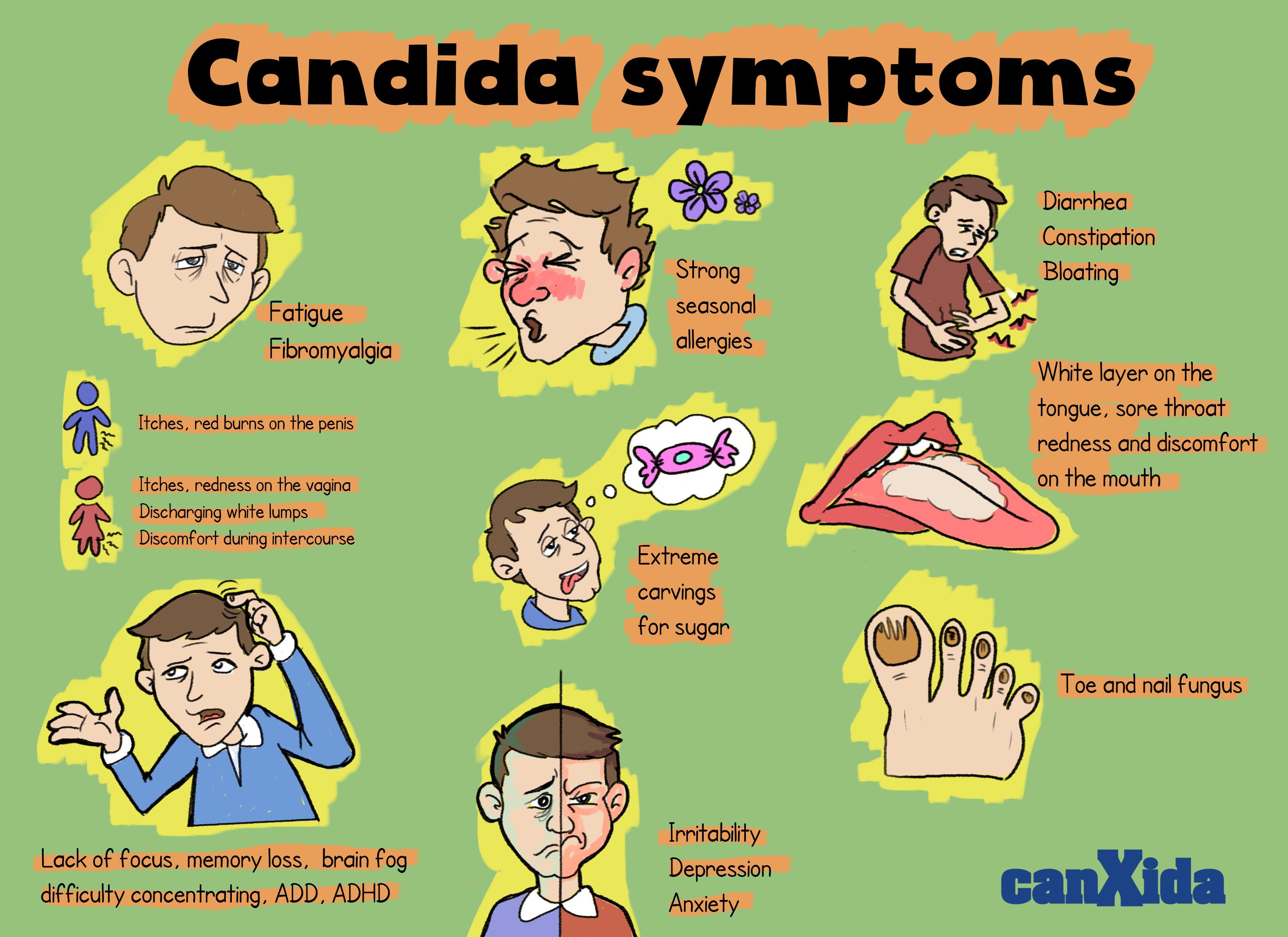 If you notice symptoms, start treatment immediately with medications and moisturizers.
If you notice symptoms, start treatment immediately with medications and moisturizers.
When to See a Doctor
If you notice yeast in your child’s stool, but he does not complain of pain or fever, you can try to identify the cause and treat it at home. However, if this happens regularly or is also accompanied by diarrhea, bloating and bloody stools, you should contact your pediatrician.
Also, if your child has a reduced appetite, is prone to vomiting, or has severe abdominal pain, see a doctor immediately. Moreover, if a child under the age of one has these symptoms, immediately consult a pediatrician.
In addition, if the child is at risk of developing dysbacteriosis (sick more often, took a course of antibiotics), the appearance of yeast fungi in the feces may indicate the presence of microflora disorders. In this case, to fix the problem, you also need to see a doctor and undergo a course of treatment.
Effects of yeast on a child
In general, yeast infections do not pose a serious threat to a child’s health. However, if the disease is not diagnosed promptly and treated, it can lead to more serious problems.
However, if the disease is not diagnosed promptly and treated, it can lead to more serious problems.
- Itching and irritation around the anus . This is usually the first symptom of a yeast infection. It occurs due to the presence of fungal colonies on the skin.
- Allergy . Some children may develop allergic reactions to yeast that cause redness, itching, swelling, and more.
- Thrush . In girls, yeast infections can cause thrush, which is accompanied by burning, itching, and vaginal discharge.
- Pneumonia . Sometimes yeast can infect a child’s lungs, causing pneumonia. This happens when fungi enter the lungs through the blood or lymph.
- Violation of the intestinal microflora . The continued use of antibiotics in the treatment of yeast infections can lead to a disruption in the normal microflora of the intestines of the child, which will lead to a number of other health problems in the future.

Q&A:
What are yeast fungi and how do they get into the baby’s stool?
Yeast is a type of fungus that can be present in the human gut. They can enter the feces of a child with a violation of the intestinal microflora, as well as due to the use of antibiotics.
How can I detect the presence of yeast in a child’s stool?
To determine the presence of yeast fungi in the feces of a child, it is necessary to pass a fecal microflora test. Also, the presence of yeast fungi can be accompanied by a number of symptoms, such as constipation, diarrhea, bloating, etc.
What causes a violation of the intestinal microflora in a child?
The reasons for the violation of the intestinal microflora in a child may be early weaning, malnutrition, eating disorders, antibiotics, intestinal pathology and other factors.
What are the treatments for yeast in a child’s stool?
The treatment of yeast fungi in the feces of a child is carried out in a complex manner and includes, first of all, the correction of the intestinal microflora. This is achieved with the help of probiotics and drugs that restore the natural balance of microflora. Diet and physiotherapy may also be prescribed.
This is achieved with the help of probiotics and drugs that restore the natural balance of microflora. Diet and physiotherapy may also be prescribed.
Is it possible to prevent the occurrence of yeast fungus in the stool of a child?
Yes, you can prevent yeast in your child by making sure your child has a proper diet and diet, providing them with enough dietary fiber and prebiotics. It is also important to avoid thoughtlessly taking antibiotics and seek medical help at the first sign of a bowel disorder.
Which specialist can I contact if a child has yeast in the stool?
If yeast is found in the stool of a child, contact a pediatrician or gastroenterologist. He will conduct a complete examination and prescribe appropriate therapy depending on the degree of violation of the intestinal microflora.
Related video:
Scientists named life-threatening signs of diabetes 002 Soyuz
Fresh number
Society
17.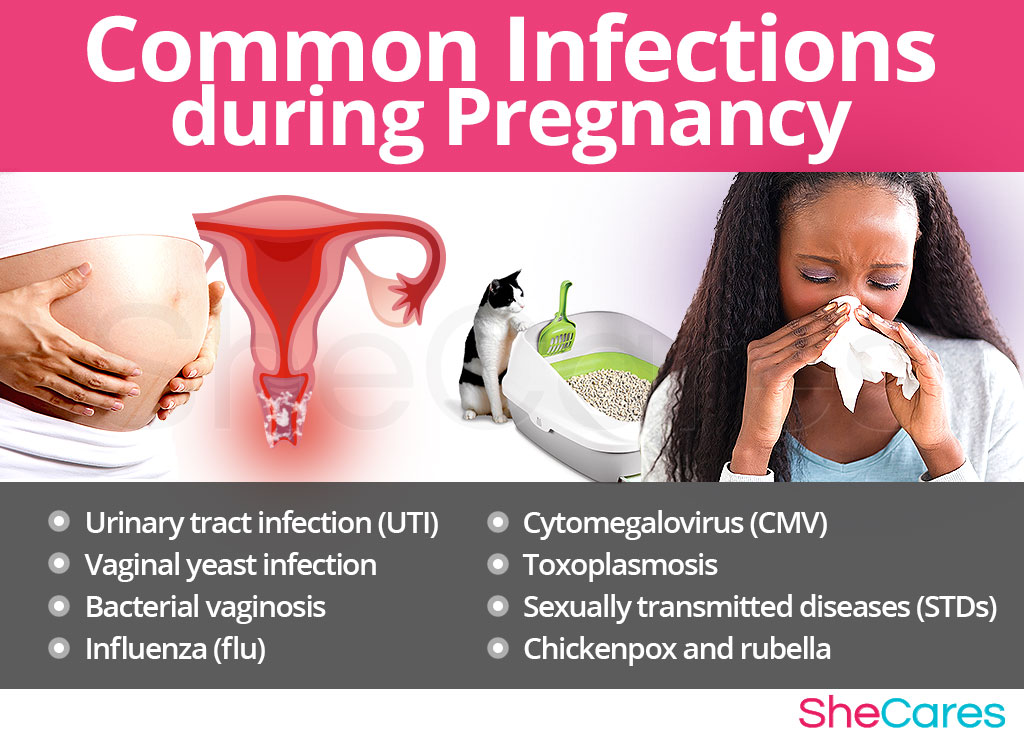 07.2021 23:26
07.2021 23:26
Share
Andrey Vasiliev
iStock
Diabetes can cause a range of serious complications, from cardiovascular disease to blindness. One of the most acute is diabetic ketoacidosis (DKA), which can be life-threatening. Diabetic ketoacidosis is a form of diabetes mellitus with elevated levels of glucose and ketone bodies in the blood, which occurs when blood sugar is consistently too high because the body does not have enough insulin to process it. If left untreated, DKA can lead to diabetic coma or death. Doctors at the American Mayo Clinic and experts from the Royal College of Nursing in the UK have named dangerous signs of diabetes that should be paid special attention to.
Extreme fatigue, feeling to the point that you are very exhausted, may be a sign of DKA. Diabetes occurs when the pancreas cannot produce or the body cannot process enough insulin to deliver sugar (glucose) to the body’s cells for energy. Unusual breath is one of the first symptoms doctors look for when they suspect that someone may have diabetic ketoacidosis.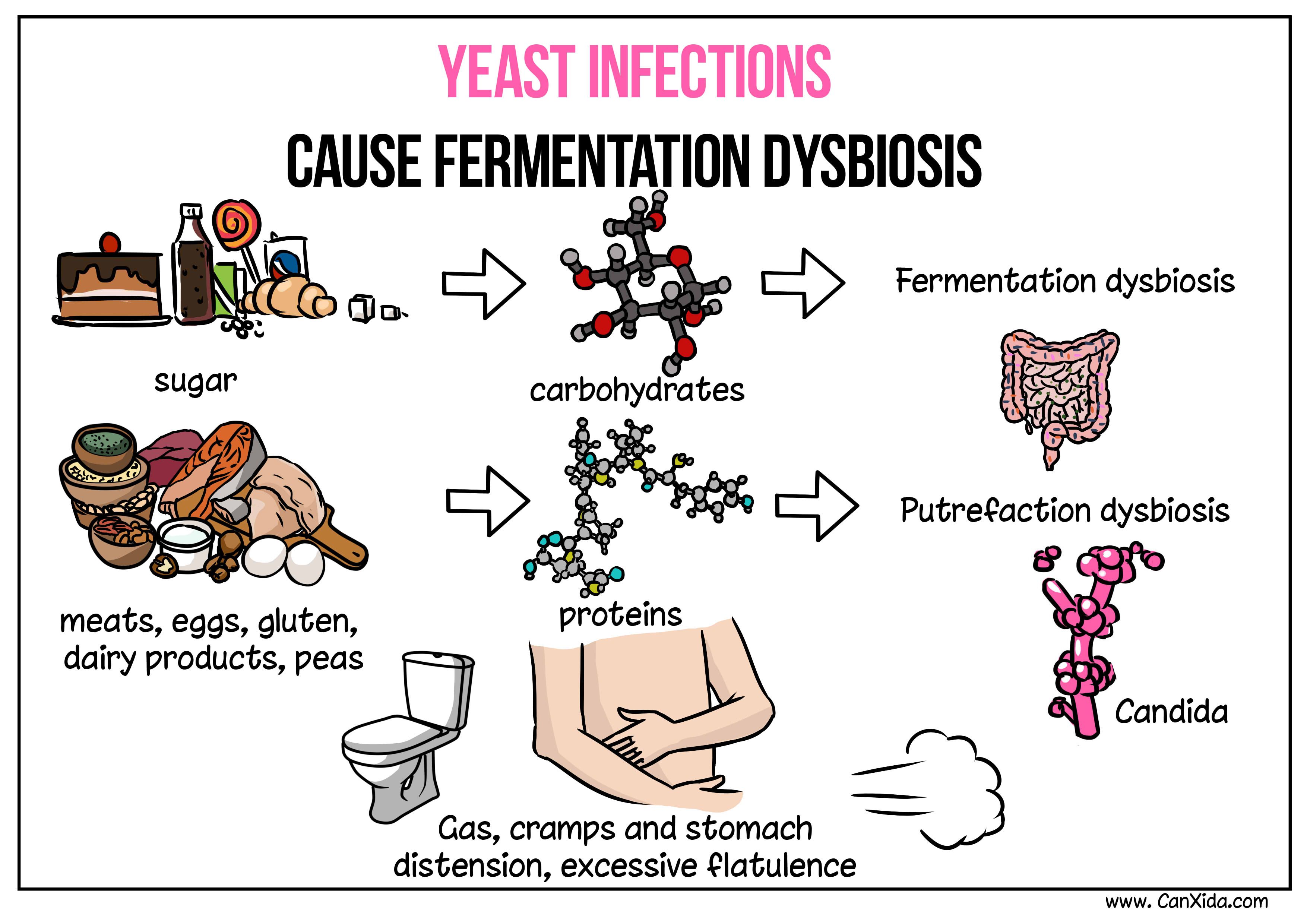 Too much ketones in the blood can cause acetone breath, fruity odor, or nail polish remover odor. If you are a diabetic and smell acetone on your breath, follow your doctor’s instructions. If you haven’t done so, make an appointment with your doctor as soon as possible. Excess blood sugar is delivered to the kidneys, which overwork to flush it out, causing frequent urination. Extreme thirst is also a clear symptom of uncontrolled diabetes. This occurs when there is more sugar in the blood than the kidneys can process and efficiently remove it from the body. Excess sugar stays in the bloodstream, flushing fluids out of the tissues and causing thirst.
Too much ketones in the blood can cause acetone breath, fruity odor, or nail polish remover odor. If you are a diabetic and smell acetone on your breath, follow your doctor’s instructions. If you haven’t done so, make an appointment with your doctor as soon as possible. Excess blood sugar is delivered to the kidneys, which overwork to flush it out, causing frequent urination. Extreme thirst is also a clear symptom of uncontrolled diabetes. This occurs when there is more sugar in the blood than the kidneys can process and efficiently remove it from the body. Excess sugar stays in the bloodstream, flushing fluids out of the tissues and causing thirst.
Drastic weight loss is the most common symptom of diabetic ketoacidosis, found in about 80 percent of people with the condition, according to a study published in the American Family Physician. Ketosis – a condition caused by burning fat instead of carbohydrates – can cause rapid weight loss in a person following a keto diet. High blood sugar and a weakened immune system, both of which can be caused by uncontrolled diabetes, are two of the most common causes of oral thrush, an overgrowth of yeast in the mouth.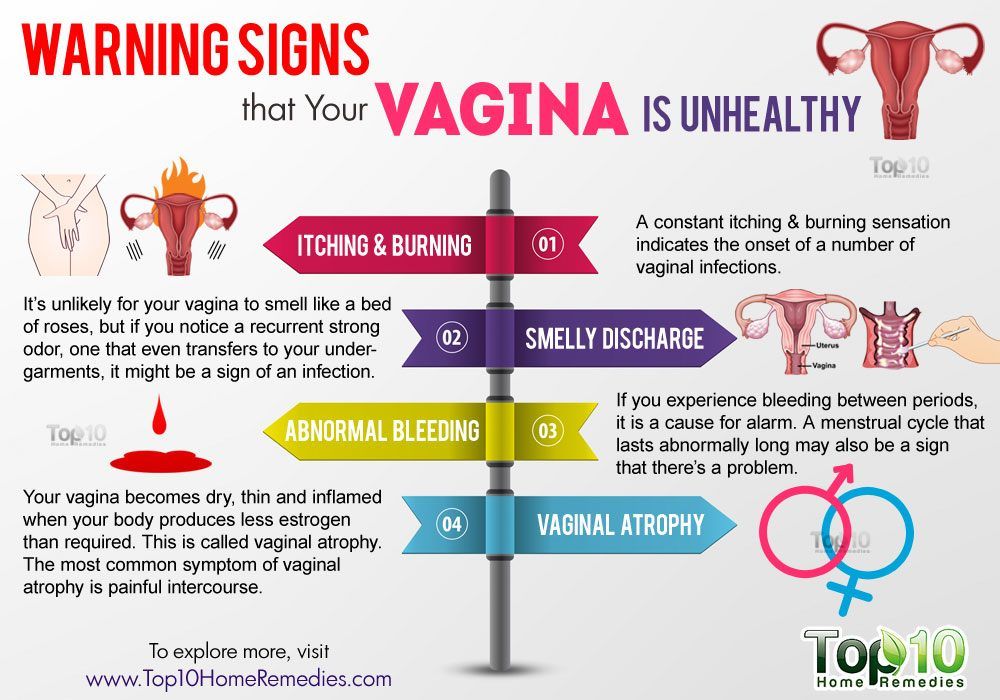

 (2023, June 12). Symptoms of Candidiasis (Thrush). News-Medical. Retrieved on July 21, 2023 from https://www.news-medical.net/health/Symptoms-of-Candidiasis-(Thrush).aspx.
(2023, June 12). Symptoms of Candidiasis (Thrush). News-Medical. Retrieved on July 21, 2023 from https://www.news-medical.net/health/Symptoms-of-Candidiasis-(Thrush).aspx. You can also have MG without knowing it or with symptoms, however typical symptoms include vaginal discharge, bleeding or pain with sex and lower abdominal pain.
You can also have MG without knowing it or with symptoms, however typical symptoms include vaginal discharge, bleeding or pain with sex and lower abdominal pain. 11 Sequelae of yeast yeast in a child
11 Sequelae of yeast yeast in a child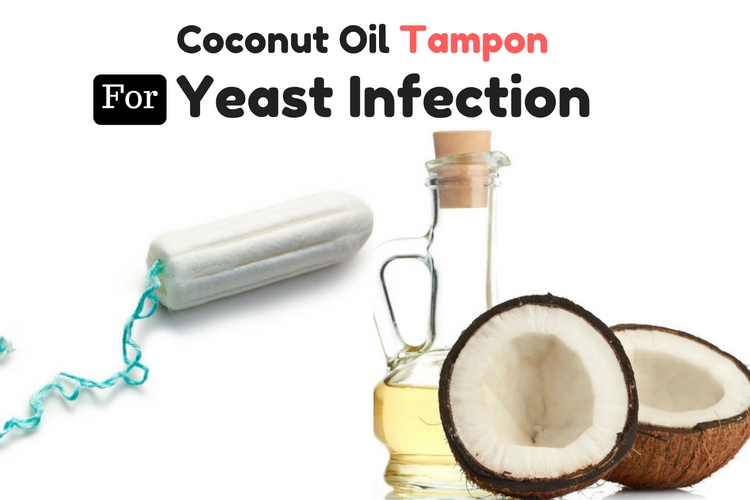 Weak immune systems may not be able to control yeast growth, which can multiply and cause infection.
Weak immune systems may not be able to control yeast growth, which can multiply and cause infection. The stool may become hard and dry, and patients may experience abdominal pain.
The stool may become hard and dry, and patients may experience abdominal pain. This allows you to determine the degree of infection of the body and take measures for treatment.
This allows you to determine the degree of infection of the body and take measures for treatment.